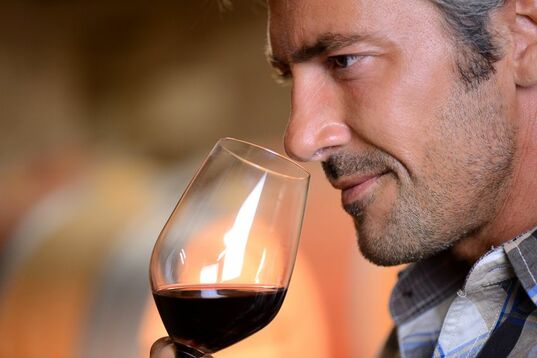We do not know who the “elect lady” was to whom John wrote his second epistle, but the short letter provides a number of clues that can help us make an educated guess. Most biblical commentaries suggest that the elect lady could have been a wealthy or influential early Christian who may have supported John’s evangelistic work. Several such women supported the work of Jesus (Luke 8:1-3), and John’s comment regarding something that the lady knew – “As you have heard from the beginning” (2 John 1:6) – could even indicate that she was one of those same supporting women.
Many commentaries also consider the possibility that the term “elect lady” is used metaphorically of the Christian Church by John – who himself refers to the Church as a woman in the book of Revelation (Revelation 12:1-17). But this possibility, while it is a commonly accepted one, does not fit well with some of the things John writes in 2 John. For example, in his command: “If anyone comes to you and does not bring this teaching, do not take them into your house or welcome them” (2 John 1:10), we would expect “houses” if the letter were written to a church. Similarly, the expression “I hope to visit you and talk with you face to face” (2 John 1:12) hardly sounds like something that would be said to a group. And it would seem strange indeed, if the woman’s “children” (2 John 1:1) were really the members of the congregation, for John to say: “It has given me great joy to find some of your children walking in the truth” (2 John1:4, emphasis added).
But there is another possibility that we should consider: that “the elect lady” to whom John wrote was actually Mary, the mother of Jesus. We know that in his dying hour Jesus gave the care of Mary over to his disciple John (John 19:26-27), and tradition tells us that John did indeed care for Mary after Christ’s death and resurrection.
The fact that John offers spiritual advice and counsel to the elect lady in his letter by no means suggests that she could not be Mary, when we properly understand John’s role as both a senior apostle and the one entrusted with Mary’s care. It is perhaps only if we elevate Mary the mother of Jesus more than we should elevate a human individual that John’s counsel might seem in any way presumptuous. In any case, John offers no correction in his letter, simply encouragement not to doubt the divine sonship of Jesus because: “many deceivers, who do not acknowledge Jesus Christ as coming in the flesh, have gone out into the world” (2 John 1:7). Such encouragement might be particularly apt for the mother of Jesus.
Many other details of 2 John fit the possibility that the lady could have been Mary. The Greek term used by John in calling the lady “elect” was eklektos: “picked out” or “chosen.” While this word could be used of any called Christian – and is used this way in verse 13, and in Matthew 22:14, etc. – the term obviously applied with special historical significance to Mary as the mother of Jesus (Luke 1:26-48). The expression “As you have heard from the beginning” (2 John 1:6) would also obviously apply to her, as would John’s desire to visit her and see her “face to face” (2 John 1:12) if he wrote the letter while traveling for an extended time.
Most significantly, John’s statement that the elect lady was someone “whom I love in the truth—and not I only, but also all who know the truth” (2 John 1:1) fits Mary in a way that cannot be said of any other individual Christian woman. What woman would be known by all Christians more than the mother of Jesus? And what woman would be loved by all believers more than Mary, the mother of Jesus?
There are other possible clues in 2 John that make Mary a likely candidate as the addressee of this letter. John’s statement that “The children of your sister, who is chosen by God, send their greetings” (1 John 1:13) potentially fits Mary who, as John 19:25 tells us, had a physical sister. Also, “It has given me great joy to find some of your children walking in the truth” (2 John 1:4) certainly fits the fact that some of the brothers of Jesus (Mark 6:3) were converted (Acts 1:14) and eventually became prominent figures in the early Church (Galatians 1:9).
So, while it is possible that the apostle John wrote his second epistle to an unnamed and relatively unknown individual Christian woman who supported the work of the Church, there are problems accepting that as being likely. In the same way, while it is possible that the “elect lady” represented not an individual woman but a local congregation or even the whole Church, there are reasons why this may not be likely, also. On the other hand, while we have no proof that 2 John was written to Mary, the mother of Jesus, there is nothing within the letter that would discount that possibility – and much that fits it well.




 RSS Feed
RSS Feed
